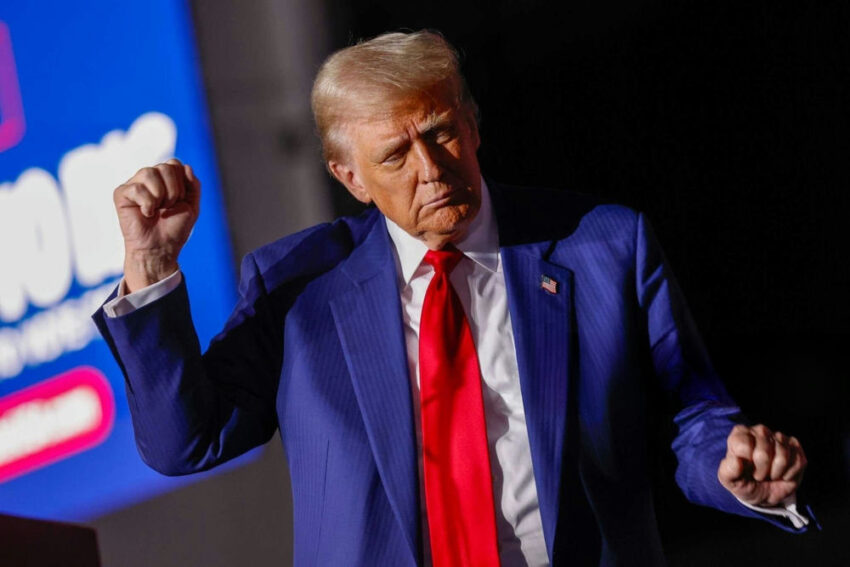Emergency declarations are fast becoming Washington’s catch‑all lever—reshaping trade, immigration, and policing with minimal congressional input and maximum impact on everyday Americans.
IEEPA Tariffs Signal Executive Power Shift Over Trade
On April 2, 2025, the White House declared a national emergency tied to trade and imposed a 10% baseline tariff on all countries, with higher reciprocal rates aimed at large‑deficit partners. The administration framed the program as necessary to protect sovereignty, national security, and America’s competitive edge, with measures taking effect in early April. This economy‑wide use of IEEPA departs from past, targeted sanctions practice and centralizes tariff policy directly in the executive branch.
Legal analyses detail that the tariff rollout relies on a stack of authorities—the National Emergencies Act, IEEPA, Trade Act section 604, and 3 U.S.C. §301—illustrating how a single emergency declaration can unlock multiple levers quickly. Practitioner memos also reference a January 20 border emergency proclamation cited in later actions, underscoring a coordinated framework that moves beyond isolated orders. The approach accelerates policy changes while leaving Congress and the courts to respond after implementation.
Border and Policing Orders Expand Federal Presence
On April 28, 2025, executive orders sought tougher law‑and‑order tools, higher sentences, expanded prison capacity, and a broader federal presence embedded with state and local partners. A companion immigration order targeted jurisdictions viewed as obstructing federal enforcement. These steps build on the January border emergency, signaling an integrated model that fuses trade pressure, immigration enforcement, and domestic policing under emergency‑linked authorities.
Policy trackers catalog these moves as part of a broader posture to intensify enforcement and leverage federal-state coordination. The measures place new pressures on “sanctuary” or otherwise non‑cooperative localities and anticipate sustained federal involvement on the ground. For communities and businesses, the result is a fast‑moving enforcement environment with expanded detention capacity and tougher penalties, layered atop shifting trade costs from the tariff regime.
Experts Warn Of Normalizing Emergency Rule
Emergency powers scholars emphasize the statutes’ breadth: once an emergency is declared, presidents can access a sweeping menu of authorities, designed for extraordinary threats but usable for extended policy agendas. Analysts note courts have begun testing limits with mixed results, yet statutory baselines continue to grant wide latitude. The concern is that recurring, open‑ended emergencies may weaken legislative primacy and civil liberties while reorienting domestic and economic policy by executive fiat.
Subsequent actions show continued reliance on the April emergency architecture. An August 6, 2025 presidential action addressing the Russian government layered new ad valorem duties atop the April tariff order, indicating an intent to stack country‑specific measures onto the existing framework. Together, these steps suggest an enduring strategy: declare an emergency, activate expansive authorities, and iterate policy through executive instruments while legal and political checks lag behind.
Sources:
Analyst calls for limiting authoritarian-like presidential emergency powers
President Trump’s Use of the National Emergency Act and Possible Congressional Next Steps
Trump’s 2025 Executive Orders Chart
Addressing Threats to the United States by the Government of the Russian Federation
Click this link for the original source of this article.
Author: Editorial Team
This content is courtesy of, and owned and copyrighted by, https://www.rightwinginsider.com and its author. This content is made available by use of the public RSS feed offered by the host site and is used for educational purposes only. If you are the author or represent the host site and would like this content removed now and in the future, please contact USSANews.com using the email address in the Contact page found in the website menu.








